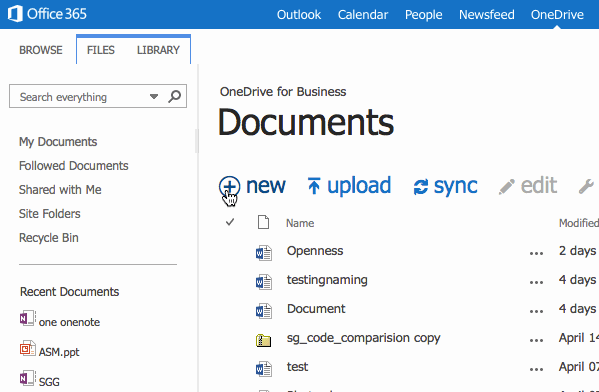

It you have any questions about my workflow feel free to ask in the comments, or share what has worked for you. As an example, I can make a 200px-tall version of the gif above with the following command: $ ~/dev/giffify.sh ~/Desktop/ios.mov ~/Desktop/ios.gif 200Īnd here’s what the smaller version of the gif looks like:Īnd… that’s it. I tend to use this option whenever I’m concerned about the file size of the generated gif.

The Giffify script allows you to pass a height as the script’s fourth parameter. For example, assuming I have ios.mov at ~/Desktop/ios.mov, I can create ~/Desktop/ios.gif using the following command: $ ~/dev/giffify.sh ~/Desktop/ios.mov ~/Desktop/ios.gif mov file, and Giffify available at ~/dev/giffify.sh, I can now use the script to create gifs.
LICECAP GITHUB MOVIE
I include them all because I occasionally need to create gifs from a variety of movie file types.
LICECAP GITHUB INSTALL
There are a few different ways you can install FFmpeg, but I find the easiest to be via Homebrew: $ brew install ffmpeg -with-fdk-aac -with-ffplay -with-freetype -with-frei0r -with-libass -with-libvo-aacenc -with-libvorbis -with-libvpx -with-opencore-amr -with-openjpeg -with-opus -with-rtmpdump -with-schroedinger -with-speex -with-theora -with-toolsĪll the -with-* flags are optional, and to be completely honest with you I don’t know what the vast majority of them are. The script depends on the ffmpeg command-line utility, so before using the script you have to install FFmpeg first. Videos cannot be placed in the readme of github, only gif animations can be added at most. Personally, I like saving the script above at ~/dev/giffify.sh, as that’s where I tend to dump these type of utility scripts. There are a number of tools for converting movie files into gifs, but I’m a fan of a quick little command-line script I stumbled upon several weeks ago by Sebastiano Poggi: On the rare occasion I need to do some more advanced editing, I use ScreenFlow to prepare the video file. I find that this simplistic editing is sufficient for ~95% of the gifs I create. From there the movie is ready for a gif conversion. Once I’ve recorded what I’m interested in showing, I click the stop button in the menu bar to end the recording:Īfter QuickTime pops up the completed recording, I use QuickTime’s Cmd + T command to trim off the bits at the beginning and end:Īfter I trim off the edges, I use File –> Save to save the movie as a. For instance, in the gif below I select a section of the iOS simulator, and then hit Start Recording. Next, I select the area of the screen I want to record. I start by opening QuickTime and selecting its File –> New Screen Recording option: The tl dr is I work on a Mac I use QuickTime to record my screen and I use a little command-line script to convert the QuickTime-recorded. I create a lot of these gifs, so I thought I’d share my routine for actually building these things, as I’ve tried several different workflows before ending up with something I like.

In my opinion, blog posts, tutorials, GitHub issues, tweets, and really, any online medium can occasionally stand to benefit from a quick gif. I’m a big fan of embedding animated gifs in, like, everything.


 0 kommentar(er)
0 kommentar(er)
